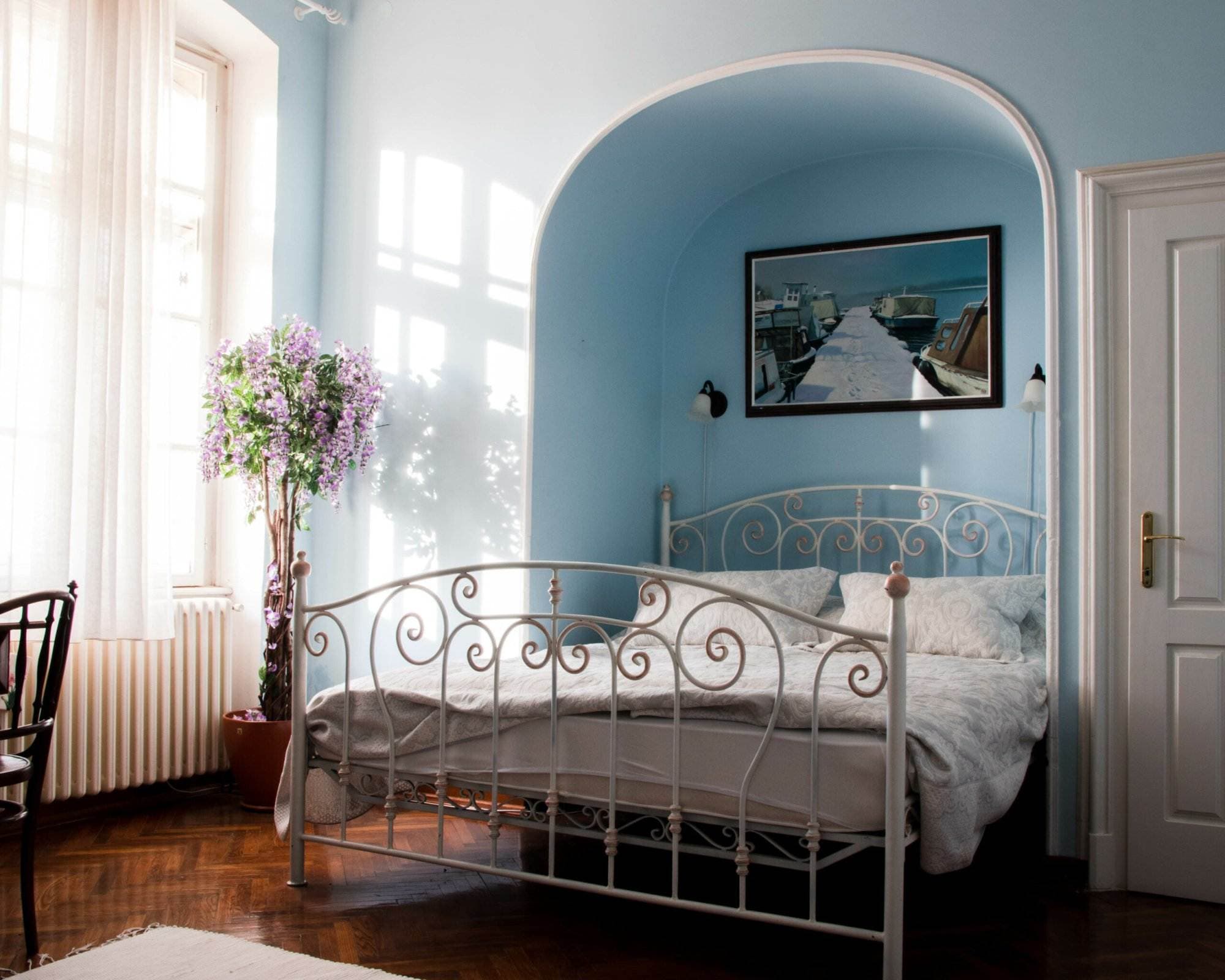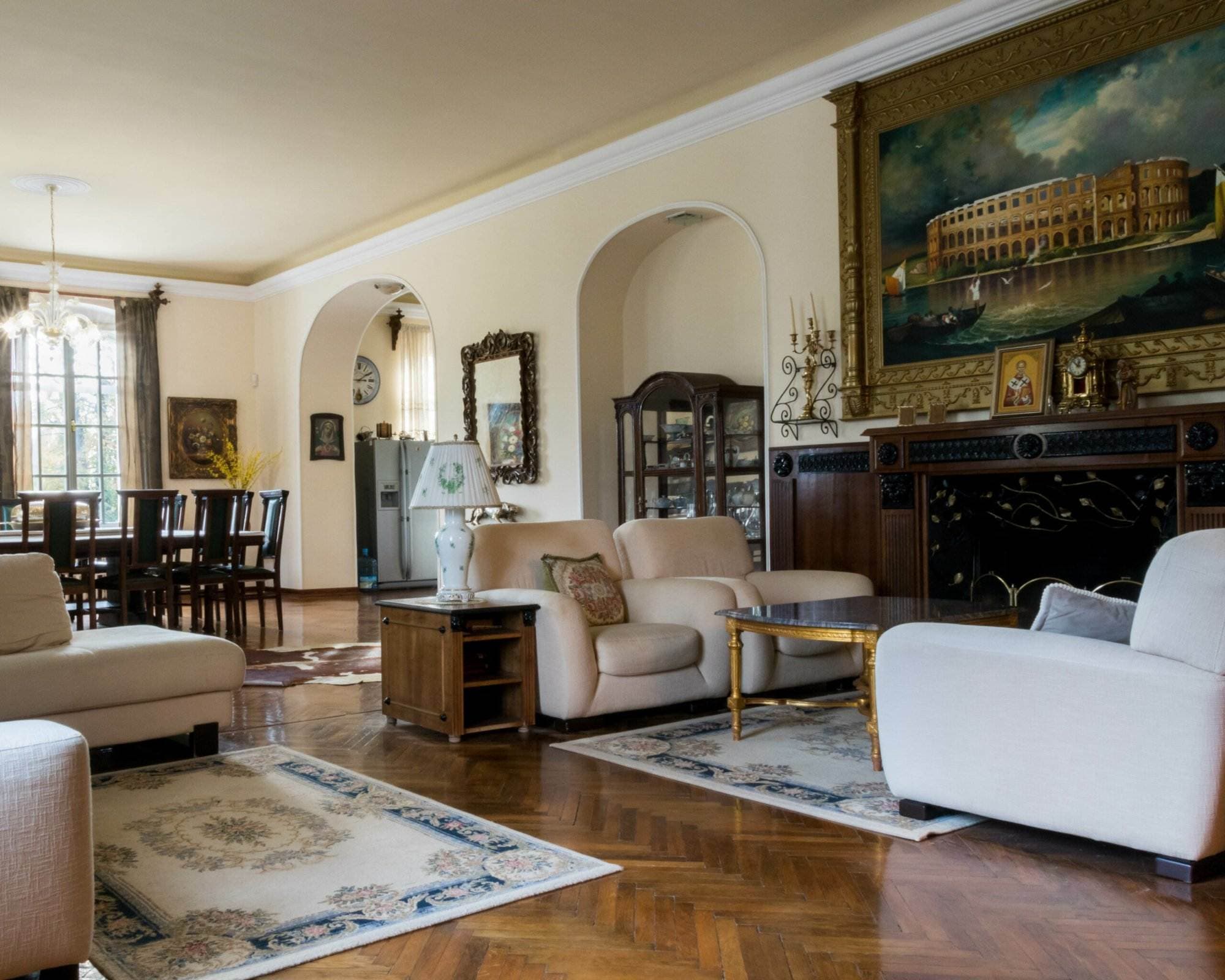Castle & Winery Schulhoff
Padej, Čoka 23325, Serbia
2,000,000 €
Description
Schulhoff Castle is a Vojvodina castle located 400 meters from the Tisa River, on the left side when entering the village of Padej from the direction of Ada and Mola. It can be reached by crossing the new bridge, opened in 2010, which replaced a ferry that had been there for two centuries, transporting people, livestock, and vehicles across the Tisa. The castle was built at the end of the 19th century, specifically in 1896, by the Schulhoff family, and more precisely by Lajos Schulhoff (born on October 30, 1876, in Subotica, then part of Hungary), a wealthy Jewish aristocrat. The turbulent world history of the 20th century has also left its mark on this castle.
It was built during the "Belle Époque," conventionally considered the "beautiful era" that began in 1871 and ended with the start of World War I. This period of peace, optimism, and prosperity in Europe also reached the edges of the Austro-Hungarian Empire, including the quiet town of Padej, where Lajos Schulhoff arrived from Subotica determined to buy land, build a castle as a summer residence, and engage in viticulture. These were the early 20th century years that were characterized by optimism, intellectual and scientific advancement, and prosperity for the aristocracy, the upper-middle class, artists, and scientists. The sky was no longer the limit. These were the years that led to the bloodiest century in human history, but at that time, it was not yet foreseen, especially in the small town of Padej, which was located on the outskirts of the Austro-Hungarian Empire.
At the same time when the castle was completed, Gustav Klimt became the president and main founder of the "Vienna Secession," which he established with 19 Viennese artists as an association. At that time, Lajos Schulhoff was unaware that some distant Viennese artists were creating a new artistic movement that would evolve into Art Nouveau, so he built his castle in a Neoclassical style. However, just as the Vienna Secession brought light to the relatively dark and neglected traditional art scene in Vienna and put Vienna back on the map of Europe in the eyes of artists, the Schulhoff Castle also brought light to the small and quiet town of Padej in northern Banat and began to compete with Čoka and the Lederer brothers, who were well-known in broader European circles. If not for their appetites for purchasing great works of art from Rembrandt to Monet, then certainly for their famous wines, which they exported throughout Hungary and France. Counts Artur and Karolj Lederer, who resided in their castle in Čoka, had one of the largest wine cellars of that time, which is still in excellent condition today and is owned by the "Čoka Winery".
Location
Padej, Čoka 23325, Serbia
Details
| Price per m2 | 666.67 |
| Floor | 1 |
| Furnishing | Fully-Furnished |
Request Information
Ivan Vuksić
Managing Directorivan.vuksic@remingtonchristies.rs
+38163473761
May Also Be Interesting
Castle & Winery Schulhoff
Padej, Čoka 23325, Serbia
Description
Schulhoff Castle is a Vojvodina castle located 400 meters from the Tisa River, on the left side when entering the village of Padej from the direction of Ada and Mola. It can be reached by crossing the new bridge, opened in 2010, which replaced a ferry that had been there for two centuries, transporting people, livestock, and vehicles across the Tisa. The castle was built at the end of the 19th century, specifically in 1896, by the Schulhoff family, and more precisely by Lajos Schulhoff (born on October 30, 1876, in Subotica, then part of Hungary), a wealthy Jewish aristocrat. The turbulent world history of the 20th century has also left its mark on this castle.
It was built during the "Belle Époque," conventionally considered the "beautiful era" that began in 1871 and ended with the start of World War I. This period of peace, optimism, and prosperity in Europe also reached the edges of the Austro-Hungarian Empire, including the quiet town of Padej, where Lajos Schulhoff arrived from Subotica determined to buy land, build a castle as a summer residence, and engage in viticulture. These were the early 20th century years that were characterized by optimism, intellectual and scientific advancement, and prosperity for the aristocracy, the upper-middle class, artists, and scientists. The sky was no longer the limit. These were the years that led to the bloodiest century in human history, but at that time, it was not yet foreseen, especially in the small town of Padej, which was located on the outskirts of the Austro-Hungarian Empire.
At the same time when the castle was completed, Gustav Klimt became the president and main founder of the "Vienna Secession," which he established with 19 Viennese artists as an association. At that time, Lajos Schulhoff was unaware that some distant Viennese artists were creating a new artistic movement that would evolve into Art Nouveau, so he built his castle in a Neoclassical style. However, just as the Vienna Secession brought light to the relatively dark and neglected traditional art scene in Vienna and put Vienna back on the map of Europe in the eyes of artists, the Schulhoff Castle also brought light to the small and quiet town of Padej in northern Banat and began to compete with Čoka and the Lederer brothers, who were well-known in broader European circles. If not for their appetites for purchasing great works of art from Rembrandt to Monet, then certainly for their famous wines, which they exported throughout Hungary and France. Counts Artur and Karolj Lederer, who resided in their castle in Čoka, had one of the largest wine cellars of that time, which is still in excellent condition today and is owned by the "Čoka Winery".
Details
| Price per m2 | 666.67 |
| Floor | 1 |
| Furnishing | Fully-Furnished |








